Harry Truman established the CIA in 1947 with the aim to collect information on worldwide threats. Over time, however, the agency’s focus subtly changed, becoming more involved in influencing and meddling in the internal affairs of other countries; a shift which ultimately undermined the international reputation and trust of the United States. The fallout involved a sequence of assassinations and political overthrows, which ousted democratically chosen governments all over the globe. To top it off, inhabitants of over 20 countries were eventually robbed of their right to freely select their leadership.
Today we’re looking at 25 times CIA interference had such a massive impact that it ultimately changed the course of history. The actions and outcomes are presented in no particular order due to their sensitive nature.
Here are 25 Times CIA Interference Changed The Course Of History
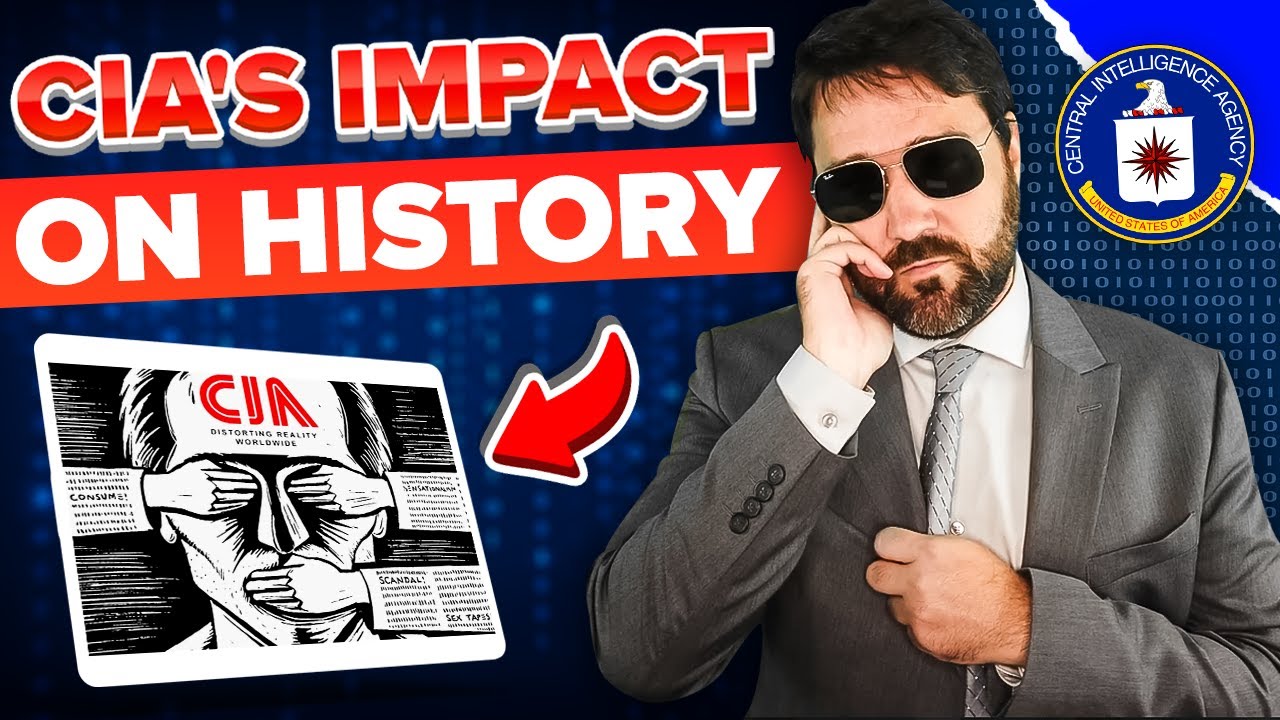
Greece (1947-1967)
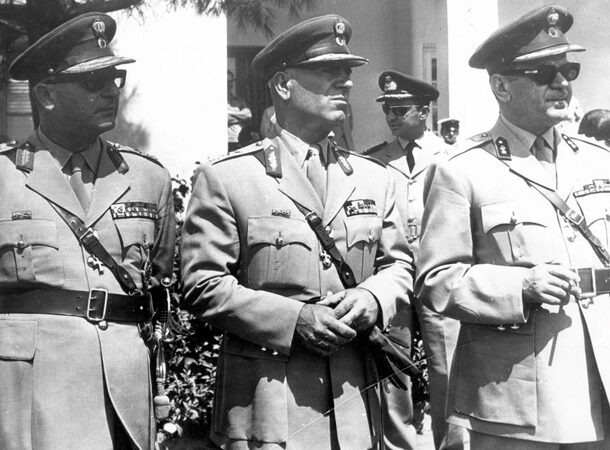 https://greekreporter.com/2023/04/21/cia-officer-daughter-greek-coup/
https://greekreporter.com/2023/04/21/cia-officer-daughter-greek-coup/ In 1947, the CIA’s first act of foreign interference was to provide military aid to notorious Greek fascists. These fascists had a dismal human rights record but were backed in their war against the communists. Just a few years later, in 1965, a CIA-backed military coup ousted the anti-American Prime Minister Georgios Papandreou just days before the election, when it became clear that Papandreou would be the likely winner.
The “Regime of the Colonels” was established: a military dictatorship that annihilated freedoms, civil rights, and Greek democracy for the next seven years. The country that witnessed the birth of democracy found itself in a state of anarchy concealed by oppression, censorship, and disregard for human rights.
Chile (1973)
 https://www.bbc.com/news/world-latin-america-14584095
https://www.bbc.com/news/world-latin-america-14584095 In 1973, the CIA deposed Chile’s democratically elected leader, Salvador Allende, on President Nixon’s orders. Allende was a temperate man who hesitated to use force against his political opponents. The CIA replaced him with the infamous General Pinochet, who proceeded to torture and murder over 40,000 people.
More details about “Project FUBELT,” the codename for covert activities to destabilize Allende’s administration by politically isolating Chile and “destabilizing” its economy, were later exposed in declassified documents. The documents additionally provided further proof of Pinochet’s cruelty-ridden human rights abuses and detailed Operation Condor, which developed a system of “state-sponsored terrorism” carried out by the Chilean secret police, DINA.
Cambodia (1970)
 https://thediplomat.com/2020/03/remembering-cambodias-1970-coup/
https://thediplomat.com/2020/03/remembering-cambodias-1970-coup/ In 1970, the CIA assisted in overthrowing Cambodia’s beloved leader, Prince Sihanouk, as retribution for keeping Cambodia out of the Vietnam War. Lon Nol, his right-wing replacement, got rid of the known communists and instantly joined the war on America’s side.
Historians say that this coup set in motion a series of disastrous short- and long-term consequences, including Cambodia’s civil war, the ensuing reign of the Khmer Rouge’s harsh communist regime, more than a decade of Vietnamese occupation, and hundreds of thousands – if not millions – of deaths.
El Salvador (1980-1992)
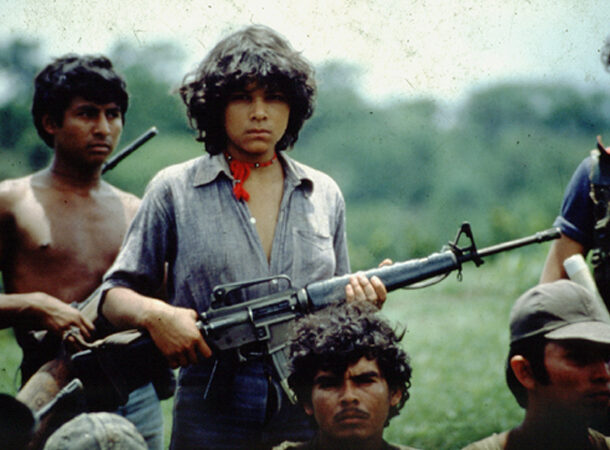 https://www.theguardian.com/theguardian/2000/mar/23/features11.g21
https://www.theguardian.com/theguardian/2000/mar/23/features11.g21 In 1980, the Archbishop of San Salvador implored US President Jimmy Carter to discontinue supporting the military regime that was murdering his people. Carter refused, and shortly afterward, the Archbishop (Óscar Romero) was assassinated while giving mass. The CIA had previously worked with the assassins and was familiar with their techniques.
The country quickly fragmented into a civil war, with thousands of men, women, and children massacred by CIA-trained death squads. By 1992, over 62,000 Salvadorans had been murdered.
Afghanistan (1979-1989)
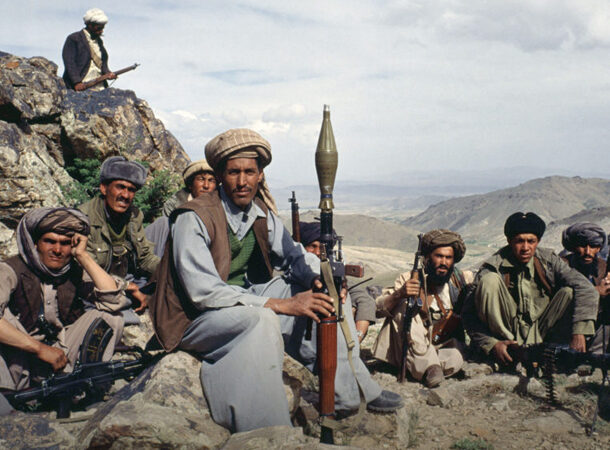 https://msuweb.montclair.edu/~furrg/pol/wtc/oblnus091401.html
https://msuweb.montclair.edu/~furrg/pol/wtc/oblnus091401.html Following the Soviet takeover of Afghanistan in 1979, the CIA started supplying weaponry to anyone who was willing to fight the Soviets. Three billion dollars were spent on outfitting, training, and funding the Mujahideen soldiers. When the Soviets left, extremist Muslims like Sheik Abdel-Rahman and Osama bin Laden inherited a massive arsenal of weapons.
The CIA would go on to provide support to many of bin Laden’s associates, including Rahman – who moved on to co-plan the 1993 World Trade Center bombing.
Ecuador (1961-1963)
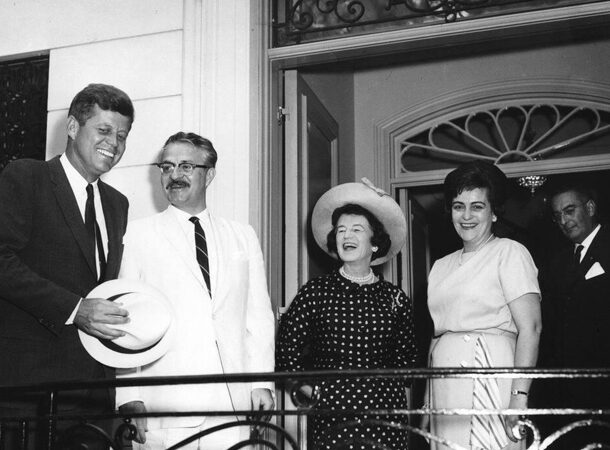 https://www.britannica.com/place/Ecuador/Modern-history
https://www.britannica.com/place/Ecuador/Modern-history In 1961, military forces backed by the CIA forced the resignation of the elected president, José Velasco. A mere two years later, in 1963, the CIA was directly involved in the ousting of President Arosemena in a military coup after he offended the US ambassador to Ecuador, denounced the US government, and endorsed Castro’s revolution in Cuba.
Human rights violations were unavoidable once the CIA imposed a military dictatorship in Ecuador. The country had to endure two military dictatorships (1963-1966 and 1972-1979) before democracy was finally restored with the election of Jaime Roldós Aguilera.
Brazil (1964)
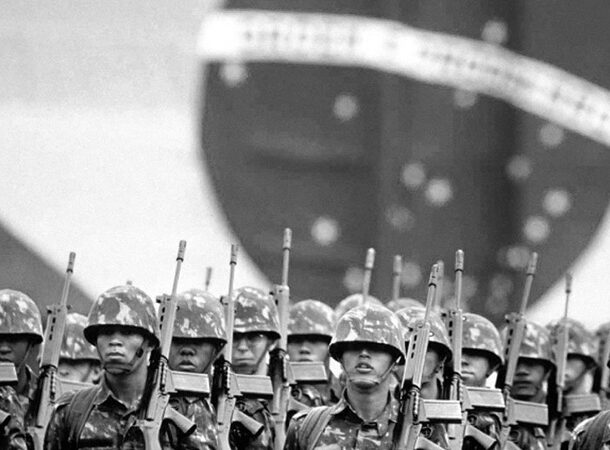 https://nsarchive2.gwu.edu/NSAEBB/NSAEBB478/
https://nsarchive2.gwu.edu/NSAEBB/NSAEBB478/ In 1964, the CIA staged a military coup against Brazil’s democratically elected leader, Joo Goulart. They replaced him with military fascists such as General Branco. Goulart’s replacements dispatched assassination squads to eliminate all political opponents. The CIA later admitted to training these murder squads in torture, interrogation, and assassination procedures.
Declassified State Department records revealed a sophisticated and intricate psychophysical duress system meant to intimidate and terrorize suspected communist militants. Torture techniques used to dispose of rebels included special effects rooms in Brazilian military prisons where inmates were laid naked on a metal floor while running an electric current through it.
Vietnam (1954-1969)
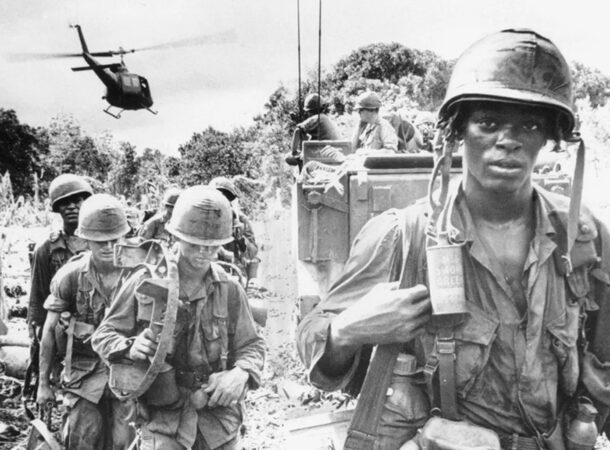 https://www.britannica.com/question/How-many-people-died-in-the-Vietnam-War
https://www.britannica.com/question/How-many-people-died-in-the-Vietnam-War The CIA spent several years trying to overthrow North Vietnam’s communist government, so much so that the level of interference led to a perpetual war. A war they knew they couldn’t win. In fact, history would teach us that almost 60,000 members of the U.S. armed forces disappeared or died during the war. In Vietnam, the losses were astronomical.
Over 2,000,000 civilians were killed on both sides, approximately 1,100,000 Viet Cong and North Vietnamese fighters, and around 250,000 South Vietnamese soldiers. Even though Vietnam emerged as a solid military opponent, its agriculture, business, and industries were disrupted, and its infrastructure was nearly crippled. Back in the U.S., the country would end up divided, and its military demoralized.
Angola (1975-2002)
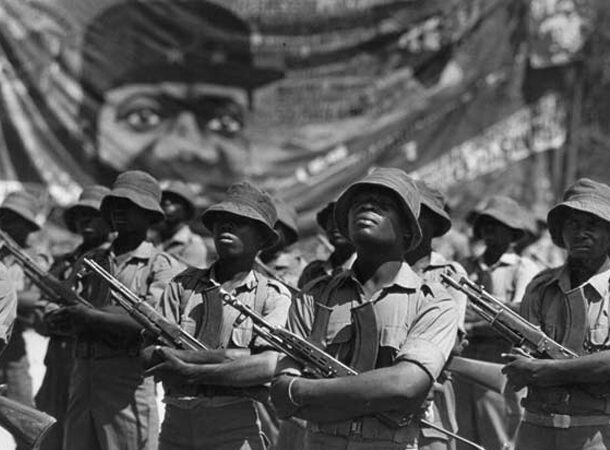 https://www.blackpast.org/global-african-history/angolan-civil-war-1975-2002/
https://www.blackpast.org/global-african-history/angolan-civil-war-1975-2002/ Angola is a major producer of oil in Africa. Beginning in 1975, a CIA-backed civil war killed more than 500,000 Angolans over 27 years. Despite the fact that Angola is a country of little strategic importance, Gerald Ford directed the CIA to offer covert aid to anti-communists active in the fight. The actions taken by the United States encouraged the Soviet Union to intervene, escalating and prolonging the war.
According to John Stockwell, the CIA’s then-station chief in Angola, the Soviets were not active in the country before the CIA’s intervention.
Cuba (1961)
 https://www.theatlantic.com/international/archive/2018/01/operation-mongoose/549737/
https://www.theatlantic.com/international/archive/2018/01/operation-mongoose/549737/ In 1961, the CIA deployed 1500 Cuban exiles to wage war on Castro’s Cuba. The mission backfired spectacularly when an expected US airstrike failed to take place, leading to the deaths of several of the exiles. They also attempted several assassinations of Fidel Castro, some very well known like the exploding cigar, and collaborated with mafia leaders and political dissidents on numerous clandestine operations within Cuba, including Operation Mongoose and Operation Northwoods.
In the latter, CIA operatives explored the possibility of a false flag operation that would make it possible for the US to launch a “large-scale” military attack on Cuba.
Haiti (1959-1990)
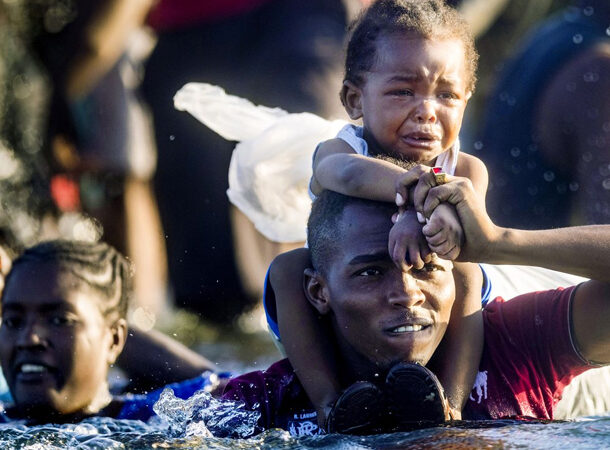 https://www.nytimes.com/1971/04/23/archives/papa-doc-a-ruthless-dictator-kept-the-haitians-in-illiteracy-and.html#:~:text=Although%20patently%20a%20dictator%20who,duty%20to%20remain%20%E2%80%9CPresident%20for
https://www.nytimes.com/1971/04/23/archives/papa-doc-a-ruthless-dictator-kept-the-haitians-in-illiteracy-and.html#:~:text=Although%20patently%20a%20dictator%20who,duty%20to%20remain%20%E2%80%9CPresident%20for “Papa Doc” Duvalier seized power in Haiti in 1959. He garnered America’s support for his anti-communist measures despite repeated human rights violations. During his tenure, Duvalier’s private police squad murdered nearly 100,000 Haitians. In 1971, “Baby Doc” Duvalier took charge and continued to murder the inhabitants. Following Duvalier’s departure in 1986, the CIA established the “National Intelligence Service,” which employed torture and assassination to suppress further uprisings.
In 1990, a communist priest ran against ten affluent candidates in a general election and received 68% of the vote. After only eight months in power, the CIA-backed military toppled the newly elected leader, restoring a cruel dictatorship that forced thousands of Haitians to evacuate the island on rafts.
Hungary (1956)
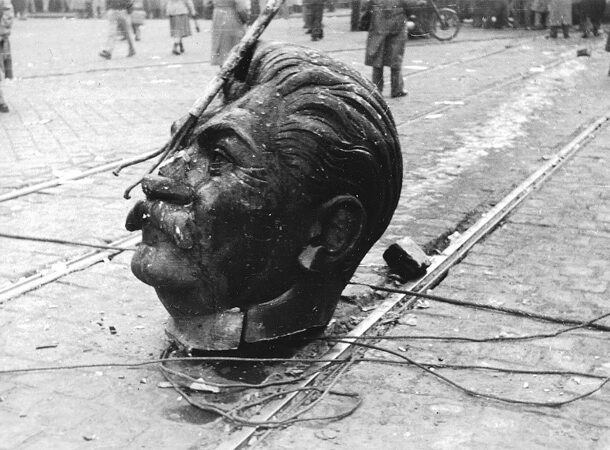 https://www.bbc.co.uk/bitesize/guides/z4mrd2p/revision/3#:~:text=The%20importance%20of%20the%20uprising,attempted%20to%20flee%20to%20Yugoslavia.
https://www.bbc.co.uk/bitesize/guides/z4mrd2p/revision/3#:~:text=The%20importance%20of%20the%20uprising,attempted%20to%20flee%20to%20Yugoslavia. In 1956, the CIA Cold War propaganda source Radio Free Europe incited a revolt in Hungary by airing Khruschev’s “secret speech” in which he criticized Stalin. Nikita S. Khrushchev commanded the Red Army to crush the Hungarian uprising with force between November 4 and November 8, 1956. Soviet troops mounted an enormous offensive and overthrew the independent national government.
Hungary was subjected to harsh repression almost immediately, and hundreds of thousands of Hungarians escaped to the West. The revolt that followed claimed the lives of 30,000 Hungarians and 7,000 Soviets.
Bolivia (1968-1971)
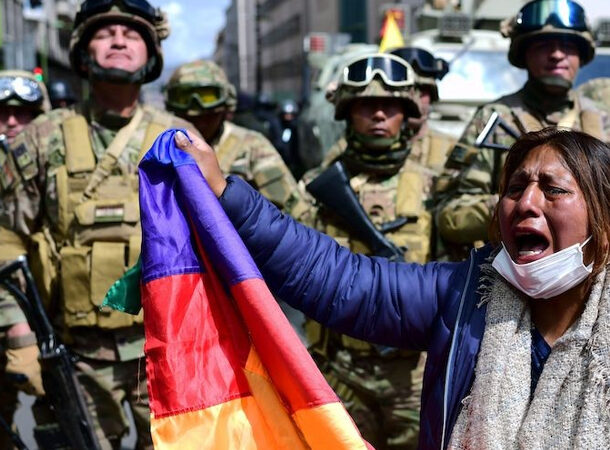 https://nsarchive.gwu.edu/briefing-book/cuba-intelligence/2020-10-09/che-guevara-cia-mountains-bolivia
https://nsarchive.gwu.edu/briefing-book/cuba-intelligence/2020-10-09/che-guevara-cia-mountains-bolivia U.S. leaders have always regarded Bolivia as a “test case” for U.S. economic foreign policy. Following WWII, Washington officials hoped to demonstrate that a relatively free economy could provide enormous financial wealth for Bolivia’s working and middle classes. As such, U.S. officials provided significant economic support to the country in the 1950s.
Despite the fact that US officials were successful in constructing a reasonably stable, noncommunist Bolivia, the increased US military assistance empowered Bolivia’s military, resulting in a coup in 1964, in the process ending democracy for nearly two decades.
In 1968, the CIA assisted in the capture and execution of Argentine-born commander Che Guevara. Three years later, in 1971, a CIA-backed military coup deposed Bolivia’s socialist president, Juan Torres, and the new US-approved dictator, Hugo Banzer, tortured and killed almost 2,000 political opponents without trial.
Dominican Republic (1961-1965)
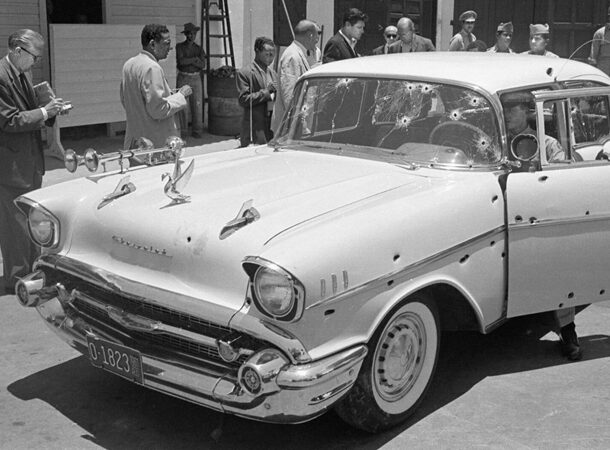 https://warfarehistorynetwork.com/the-assassination-of-rafael-trujillo/
https://warfarehistorynetwork.com/the-assassination-of-rafael-trujillo/ From 1930 to 1960, the United States was a firm supporter of the deadly dictator Rafael Trujillo. However, his financial interests grew powerful enough to undermine U.S. influence in the region over time, and he was assassinated by the CIA in 1961.
The country had a brief moment to take a collected breath before the CIA intervened again in 1963, just as the nation achieved democracy for the first time. They deposed the newly elected Juan Bosch in a military coup and installed a fascist government. Within two years, a mass uprising tried to reinstate Juan Bosch, but U.S. marines arrived to reinforce the fascists and suppress the rebellion – effectively ending the insurrection.
Iran (1953-1988)
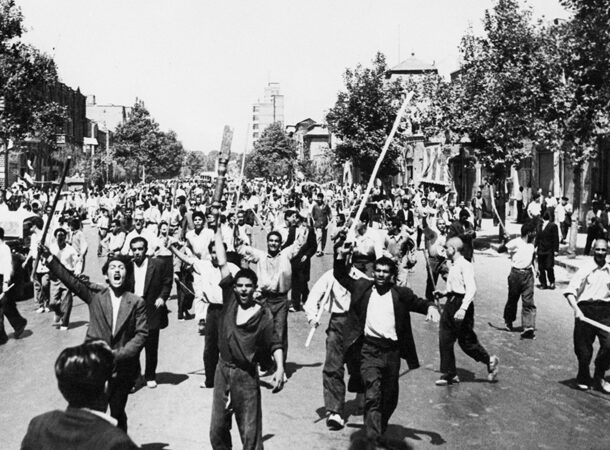 https://www.npr.org/2019/01/31/690363402/how-the-cia-overthrew-irans-democracy-in-four-days
https://www.npr.org/2019/01/31/690363402/how-the-cia-overthrew-irans-democracy-in-four-days The United States relations with Iran have always been tense, to say the least. In 1953, a CIA coup deposed Iran’s democratically elected leader, Mohammad Mosaddegh, when he announced that he would nationalize the oil industry. The United States installed Shah Pahlavi in his place, a man whose regime was so repressive and cruel that the Iranian revolution deposed him in 1979.
The following year, on April 7, 1980, President Jimmy Carter severed diplomatic relations between Iran and the United States. Saddam Hussein attacked Iran in 1980. Iraq was supported by the United States with economic aid, training, and dual-use technology until 1988, even after the CIA found evidence that Iraqi forces used chemical weapons against Iranians. An estimated one million Iranians and 250,000–500,000 Iraqis died in the conflict.
Iraq (1980-2003)
 https://georgewbush-whitehouse.archives.gov/news/releases/2003/09/20030929-14.html
https://georgewbush-whitehouse.archives.gov/news/releases/2003/09/20030929-14.html During the Iran-Iraq War, the CIA supplied Saddam Hussein’s forces with weapons, enabling him to suppress domestic dissent in his own nation with ruthless abandon. Eventually, Saddam rebelled against his rulers and invaded Kuwait in 1991 with the help of a highly developed and sophisticated military.
The United States ultimately invaded Iraq in 2003 to “remove weapons of mass destruction.” It is terrible to think that only 15 years earlier, the United States encouraged Saddam to deploy chemical weapons against the Iranians and repeatedly obstructed U.N. resolutions that sought to denounce its use.
Panama (1966-1989)
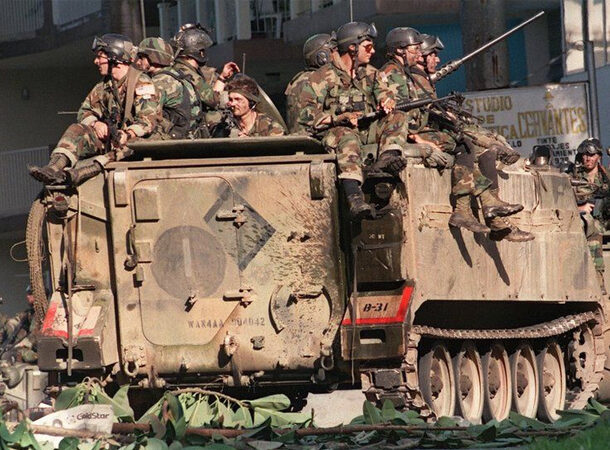 https://www.theguardian.com/world/2010/apr/27/manuel-noriega-us-friend-foe
https://www.theguardian.com/world/2010/apr/27/manuel-noriega-us-friend-foe The United States invaded Panama in 1989 to get rid of a dictator they previously supported. In fact, General Noriega had been on the CIA’s contractual payroll since 1967 and had been trafficking cocaine with the CIA’s knowledge since 1972. However, Washington was slowly losing patience with Noriega’s growing independence.
Over 20,000 US troops invaded the country and took control of critical military installations as part of Operation Just Cause. Noriega received indictments by two US federal grand juries in Florida on allegations of cocaine trafficking and racketeering,, and the CIA removed him from their payroll.
Australia (1975)
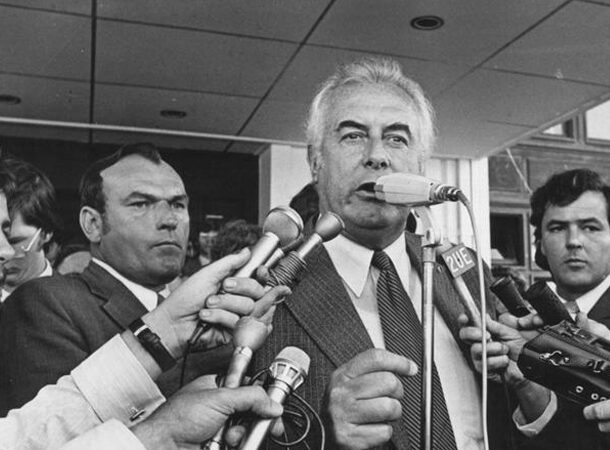 https://www.theguardian.com/commentisfree/2014/oct/23/gough-whitlam-1975-coup-ended-australian-independence
https://www.theguardian.com/commentisfree/2014/oct/23/gough-whitlam-1975-coup-ended-australian-independence In 1975, the CIA collaborated with Britain’s M16 to oust Edward Whitlam, Australia’s democratically elected prime minister. Whitlam was a left-wing politician who threatened to close US military bases in Australia. In a move that stunned the Australian public, old legislation that granted Governor-General John Kerr vice-regal “reserve powers” was enacted, enabling Kerr to dissolve the government.
Today we know that Kerr was a member of the Association for Cultural Freedom, which the CIA supported. In a later conversation with Edward Whitlam in 1977, US Senator Warren Christopher stated that the US would never again interfere with Australia’s electoral process.
Honduras (1983)
 https://www.washingtonpost.com/archive/politics/1985/03/24/us-trains-antiterrorists/85f0440e-50a9-40e0-a9ce-5a33cef97e6f/
https://www.washingtonpost.com/archive/politics/1985/03/24/us-trains-antiterrorists/85f0440e-50a9-40e0-a9ce-5a33cef97e6f/ In 1983, the CIA supplied Honduran military officials with the “Human Resource Exploitation Training Manual” (a book describing torture tactics) and supervised an assassination campaign against leftist groups in the region. The operation was part of the Reagan administration’s increased global anti-terrorism initiative.
The result was a Honduran army unit called Intelligence Battalion 3-16 or Battallón 316. Members of the army unit carried out political assassinations and torture of alleged political opponents of the government. They received training and assistance from the Central Intelligence Agency of the United States in Honduras and at US military facilities. The resultant CIA-backed administration tortured and murdered hundreds of people.
Italy (1948)
 https://www.wilsoncenter.org/blog-post/all-feasible-means
https://www.wilsoncenter.org/blog-post/all-feasible-means The CIA admitted to interfering in Italian elections in 1948, threatening and beating communist leaders. They bought votes and disseminated propaganda in order to win the election for right-wing factions. The CIA was also accused of distributing falsified letters to damage Italian Communist Party (PCI) officials.
The National Security Act of 1947, which authorized international covert activities, was signed into law by American President Harry S. Truman a mere six months earlier. Previously undisclosed Defense Department documents revealed in 2017 that the CIA’s covert aid to Italy continued into the early 1960s, averaging $5 million annually (around $60 million today).
Guatemala (1954)
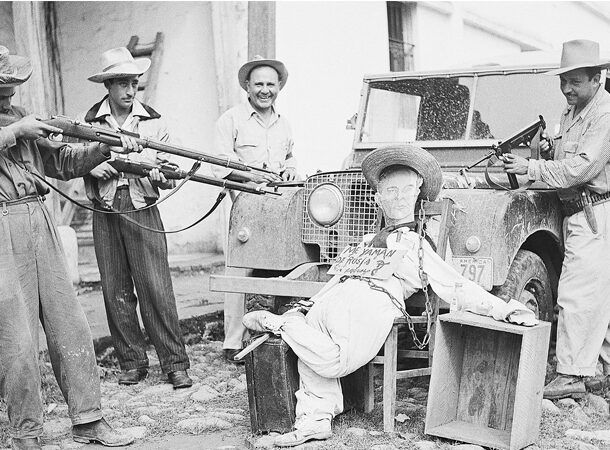 https://nsarchive2.gwu.edu/NSAEBB/NSAEBB4/
https://nsarchive2.gwu.edu/NSAEBB/NSAEBB4/ The Guatemalan coup d’état of 1954 (Golpe de Estado en Guatemala de 1954) was the product of a secret CIA operation code-named PBSuccess. It toppled democratically elected Guatemalan President Jacobo Árbenz and ended the 1944-1954 Guatemalan Revolution. It also established the military dictatorship of Carlos Castillo Armas, the first of a series of authoritarian rulers supported by the United States in Guatemala.
Despite American allegations, no evidence of Soviet involvement in the Árbenz government was ever discovered. In turn, the CIA’s chosen right-wing military dictators would go on to massacre over 100,000 Guatemalans.
Uruguay (1969)
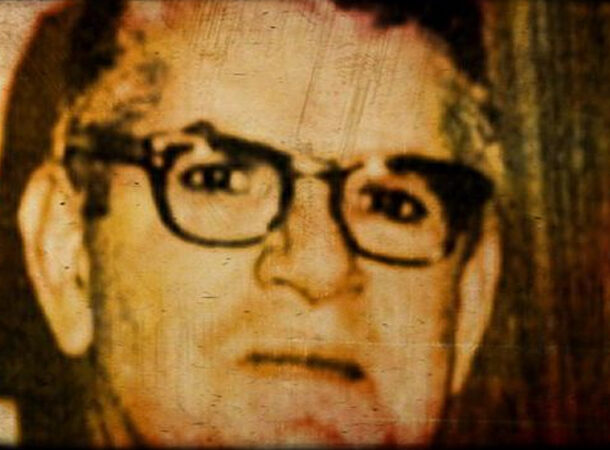 https://www.counterpunch.org/2020/08/13/teaching-torture-the-death-and-legacy-of-dan-mitrione/
https://www.counterpunch.org/2020/08/13/teaching-torture-the-death-and-legacy-of-dan-mitrione/ In 1969, Dan Mitrione arrived in Uruguay to teach the local death squads how to torture their communist opponents. His successes with his death squads led to him eventually becoming so despised by the revolutionaries that he ended up murdered a year later.
His operating philosophy was best described by one CIA officer who said that he applied the exact amount of pain in the right place and with the perfect amount to obtain the desired effect. Dan Mitrione not only focused on training the death squads – he was also reported to have practiced his torture methods on homeless Uruguayan people who would then be executed.
Laos (1957)
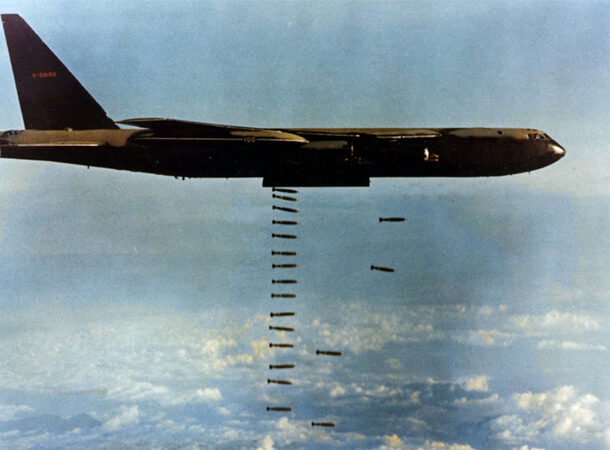 https://www.history.com/news/laos-most-bombed-country-vietnam-war
https://www.history.com/news/laos-most-bombed-country-vietnam-war The CIA launched numerous attempts to depose Laos’ socialist leader, Pathet Lao. When their efforts failed, the United States turned to bombing the country for the next sixteen years – from 1957 to 1973.
The sheer volume of explosives deployed on Laos, 2 million tons of cluster bombs, has made it the most bombed country in the world. At least one-quarter of the Laotian population became refugees. The United States “Secret War” in Laos had a long-lasting impact on Laotian history, hampering Laotians’ health, education, and migration choices to this day.
Indonesia (1965)
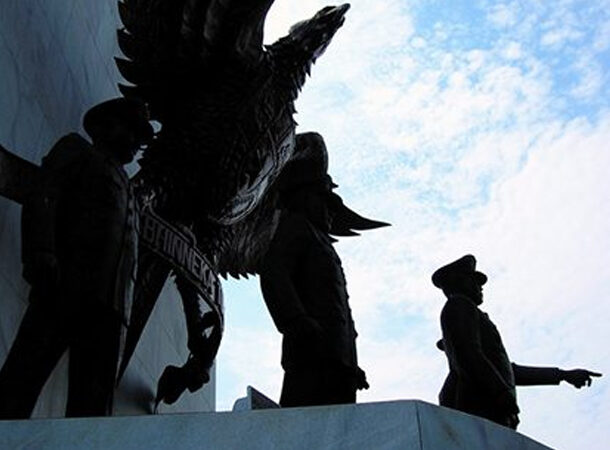 https://www.theatlantic.com/international/archive/2017/10/the-indonesia-documents-and-the-us-agenda/543534/
https://www.theatlantic.com/international/archive/2017/10/the-indonesia-documents-and-the-us-agenda/543534/ As a result of the CIA’s deposal of Indonesia’s President Sukarno in a 1965 military takeover, his successor, General Suharto, systematically executed as many as one million of his country’s citizens who were considered communists.
When declassified papers became public in 2017, the extent of America’s involvement in the ruthless anti-communist purge was revealed to have been far more significant than previously thought. The U.S. embassy got regular information on assassinations and was aware that the majority of Suharto’s victims were innocent. In fact, the CIA offered to assist in suppressing media coverage related to the crimes.
Congo (1961-1965)
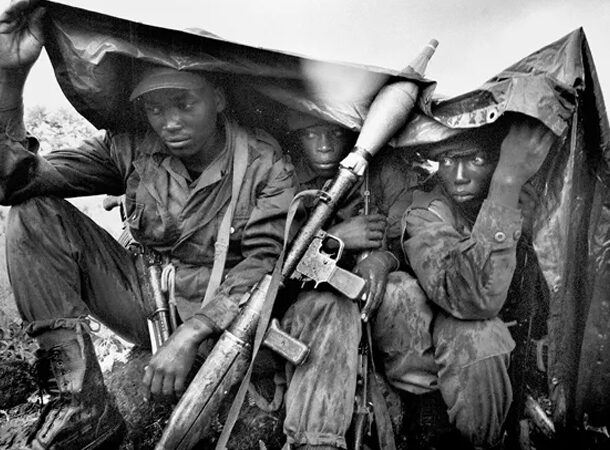 https://www.zinnedproject.org/news/tdih/patrice-lumumba-executed/
https://www.zinnedproject.org/news/tdih/patrice-lumumba-executed/ In a speech on Congo’s independence day in 1960, Patrice Lumumba, the first democratically elected president, promised to demonstrate to the world what the Congolese people are capable of when they are allowed to work in freedom. Within six months of his speech, the CIA had moved to fund his political opponents. Lumumba was imprisoned and finally executed on Dwight D. Eisenhower’s orders.
However, the CIA could not place Lumumba’s opponents into power as the public loved him – and a civil war resulted. Mobutu Seko was put in power in 1965 as a U.S.-friendly dictator following the CIA’s second military coup. In 1997, after decades of human rights abuses, he was finally overthrown.
The humanitarian situation in the Congo continues to deteriorate to this very day, with ongoing violent conflicts preventing people from returning home. More than 5 million people have been displaced within the nation, and more than 1 million Congolese have applied for asylum, primarily in Africa.



























